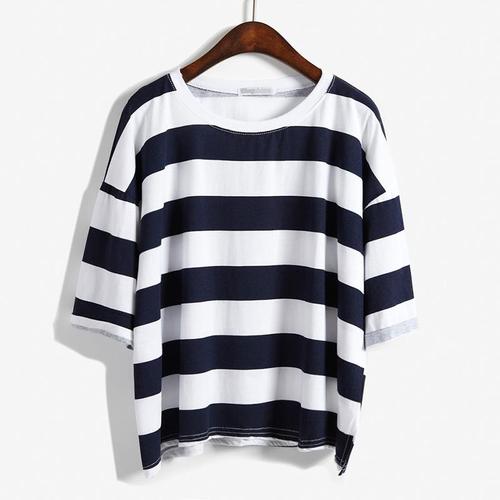To use color theory to create a fashionable look, you can follow the following steps:
1. Understand color theory: First, you need to understand basic color theory, including Concepts such as color wheel, complementary colors, analogous colors, etc. These theories will help you understand the relationship between colors and how to match them.
2. Determine the theme or style: When using color theory to create a fashionable look, you can first determine the theme or style, such as warmth, calmness, vitality, etc. This will help you choose the right color combination to express your individual style.
3. Choose the main color: Choosing the main color is an important step in creating a fashionable look. The main color is the cornerstone of the entire outfit, and other colors should coordinate with the main color. For example, if you choose blue as your main color, you can combine it with some grays, browns, and whites to create a stylish casual outfit.
4. Use complementary colors: Complementary colors are colors that are opposite to each other, such as red and green, blue and orange, etc. Pairing complementary colors together can create a strong visual effect and create a vibrant outfit.
5. Emphasis on key points: If you want to make your outfit more eye-catching, you can use similar colors to emphasize key points. For example, pair it with similar colors, such as deep blue and purple, to accentuate the depth and depth of your outfit.
6. Experiment with bold color combinations: Don’t be afraid to try bold color combinations, but be mindful of balance. For example, try pairing bright colors with dark colors for visual balance.
7. Appropriate use of white and black: White and black are neutral colors and can be matched with any color. Appropriate use of white and black can balance the color combination and make the entire outfit look more harmonious.
In short, using color theory to create a fashionable look requires certain skills and creativity. You can express your own style by understanding color theory, identifying a theme or style, choosing a dominant color, using complementary colors, accentuating accents, experimenting with bold color combinations, and using white and black appropriately.






